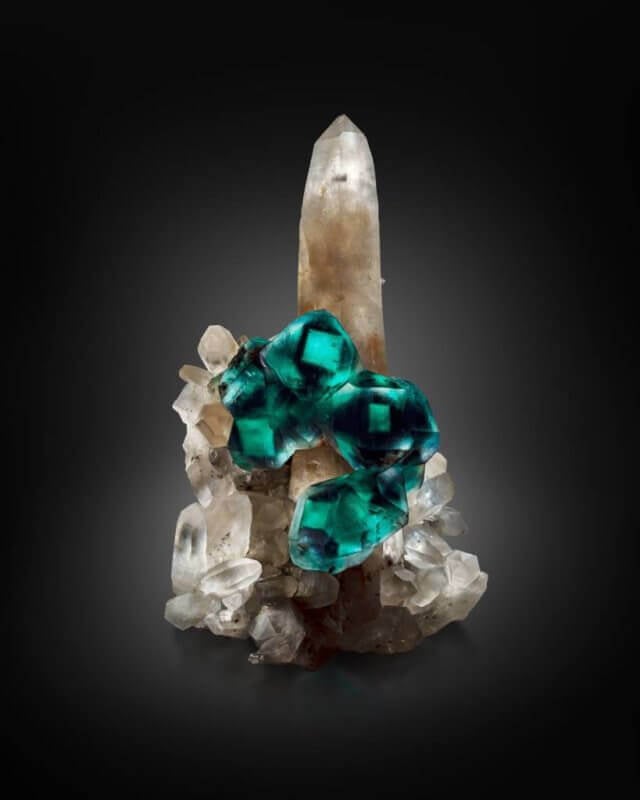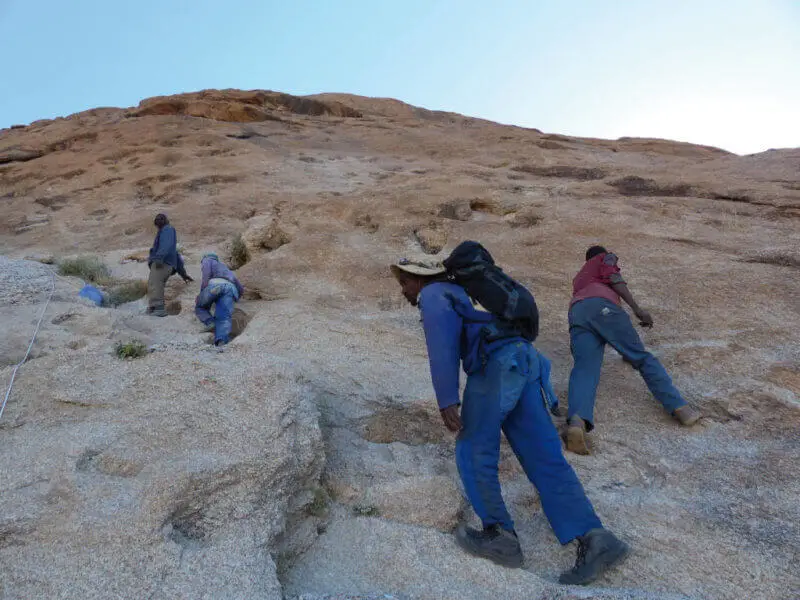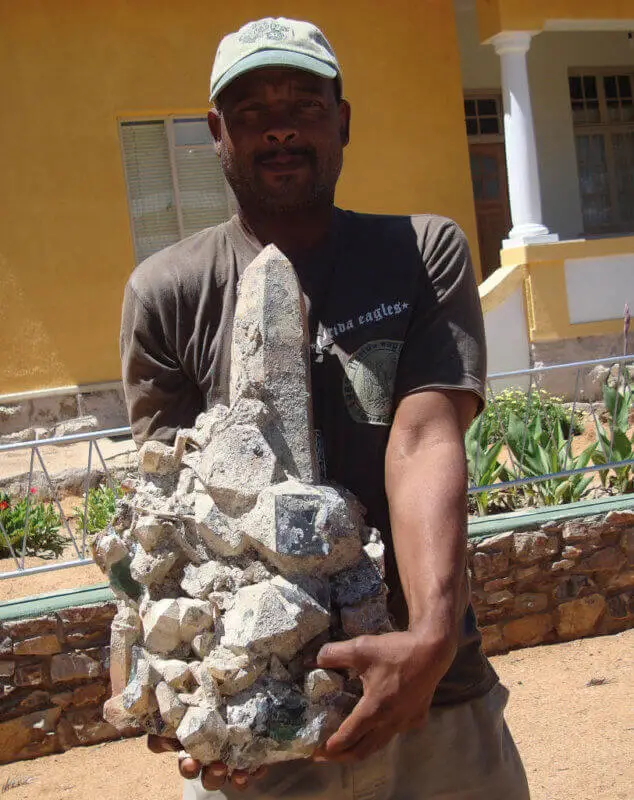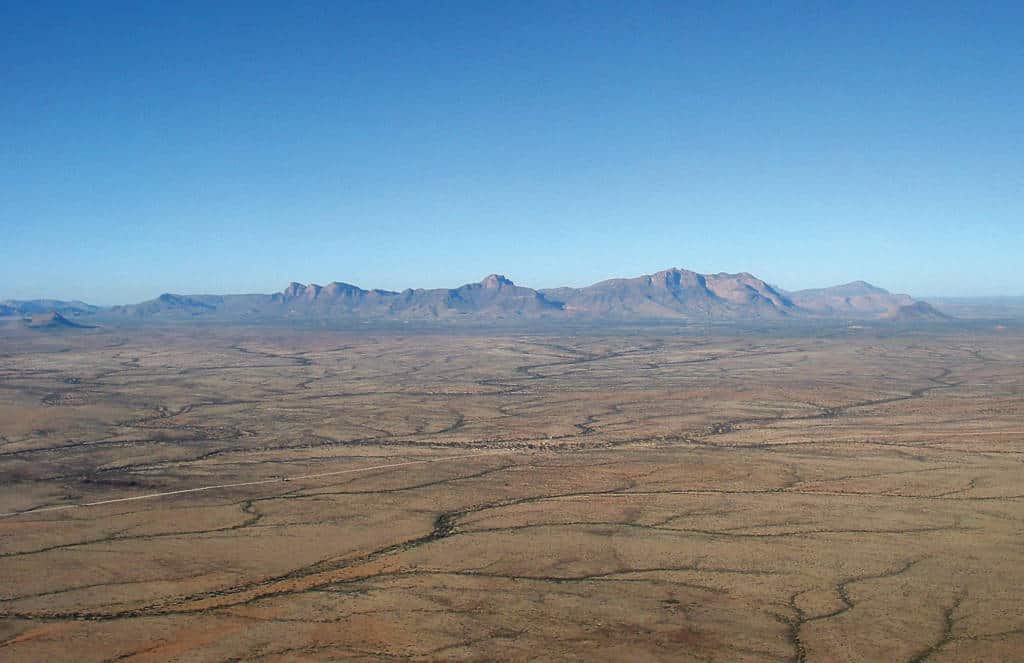Let’s get straight to it. My hands down favorite section of the Perot Museum of Nature and Science is the gems and minerals. I could hang out in there all day looking at the gorgeous pieces and learning how they were made. The earth is so cool.
I am super excited that they have a new PERMANENT exhibit in the Lyda Hill Gems and Minerals Hall, and it’s made of green and black Alien Eyes Fluorite (google it, you’ll be so in) and was discovered by a miner in the Erongo Region of Namibia in 2007. With light, Alien Eye fluorites glow with an incredible otherworldly quality that inspired their name. The total number of Alien Eye Fluorites recovered from this find is low, amounting to less than 30 fine specimens, due to the small pocket size and the fact that there was only one single discovery. Alien Eyes are a unique and unusual subset of fluorite, differentiated by a vivid green color and black outer zones that create a diamond shape at each crystal’s center. They also have a naturally formed, complex crystal habit in the form of cuboctahedra (eight triangular faces and six square faces). But that’s not where it ends. THIS one, the one at The Perot Museum, is 2 feet tall, weighs over 63 pounds, and called, Eyes of Africa. It is composed of several white, semi-translucent quartz crystals and large, green and black Alien Eye Fluorites.

Image credit: Elliott Fine Minerals International
Head miner and Namibian local Herold Gariseb, along with his men, were the first to come across this spectacular specimen found in the Alien Eye pocket.

Image Credit: Rainer Bode

Herold Gariseb, the miner who found The Eyes of Africa
Gariseb immediately knew Eyes of Africa was the “prize of the pocket” and determined it was too special for immediate release, despite high demand for these minerals. Not only was it the largest of all known specimens, but it had the highest quantity of Alien Eye flourites from that pocket. Instead of going straight to market, he stowed it away in the trunk of his white Mercedes, and it went with him everywhere. As word got around, the white Mercedes became the White Whale for collectors, including Mark Kielbaso and Jurgen Tron who ventured for days looking for the infamous mineral-toting Mercedes. After finding Gariseb, they immediately made a deal to acquire Eyes of Africa and ended up purchasing 400 diapers to protect and ship the precious piece! Hill later acquired the mineral and, by offering it to the Perot Museum, will allow millions of children and adults to experience its wonder and beauty.
And me. I CANNOT wait to go and see this.
“My passion for science began as a child when I collected rocks,” said Lydia Hill (of which the gems and minerals hall is named after). “So when I saw ‘Eyes of Africa’ – which is by far the largest and most important of all known specimens – and then heard the story behind its discovery, it captured my imagination in a big way. I’m delighted that millions of visitors to the Perot Museum will now get a chance to witness its radiance and glory for themselves.”
Thank you Lydia. Thank you!
Want to know more about the Eyes of Africa? Here’s a FAQ from the Perot Museum with additional interesting details.
The Perot Museum is located at 2201 N. Field Street in Dallas, Texas. Museum general admission is free for members. For ticket information, parking maps and other details visit perotmuseum.org or call 214-428-5555.




0 Comments